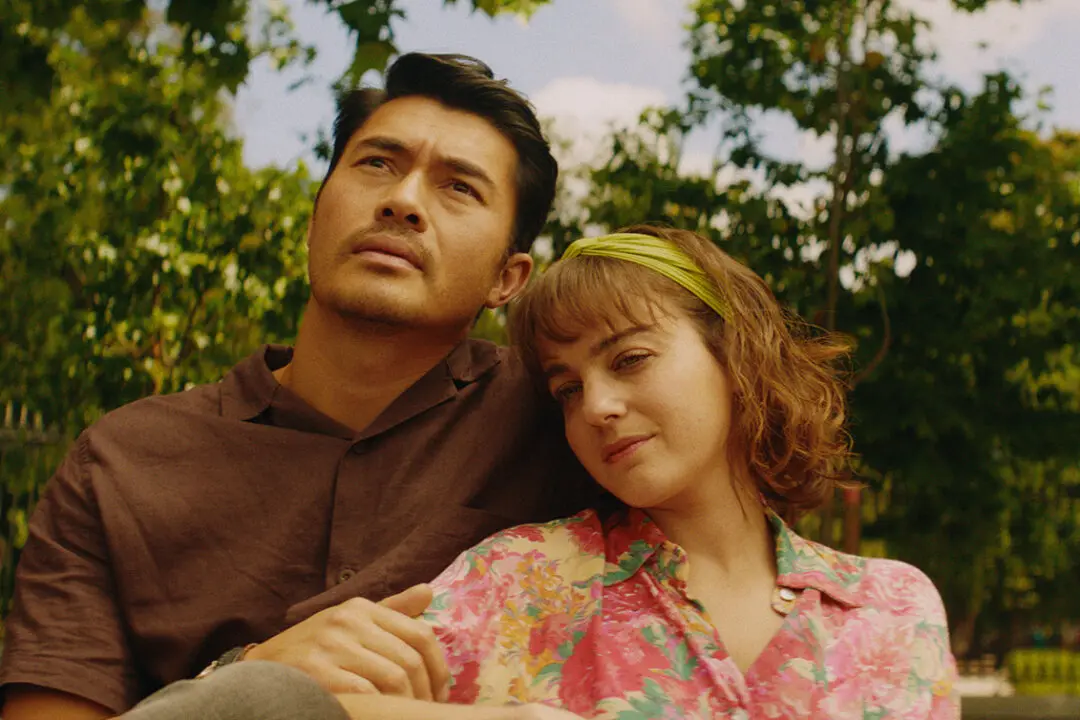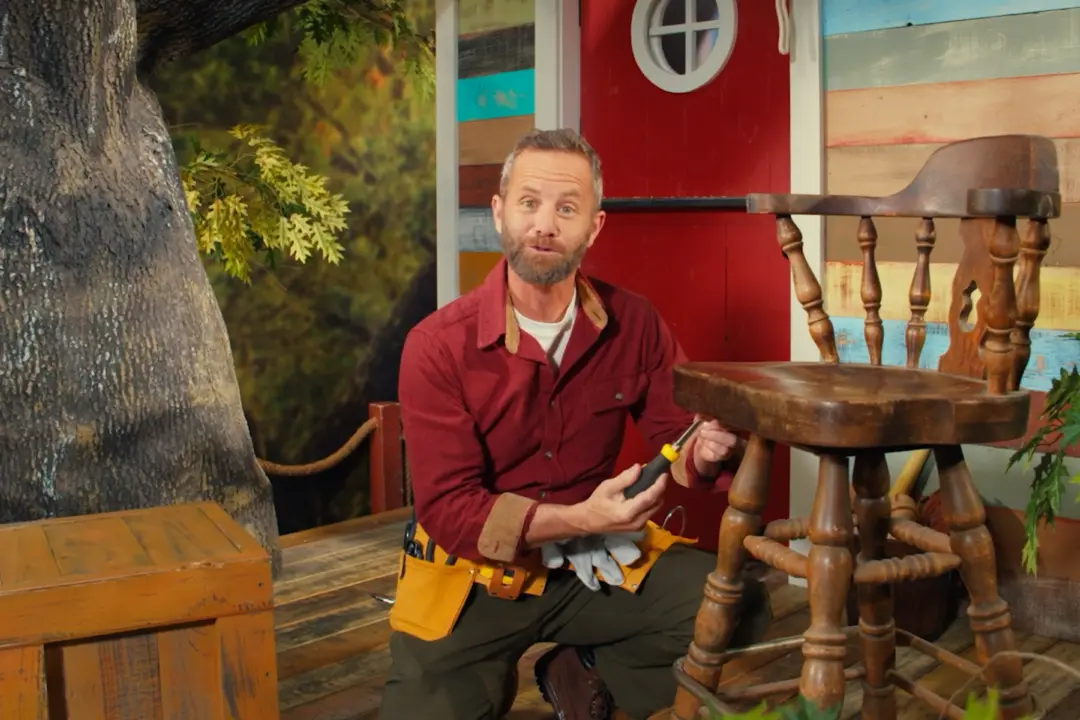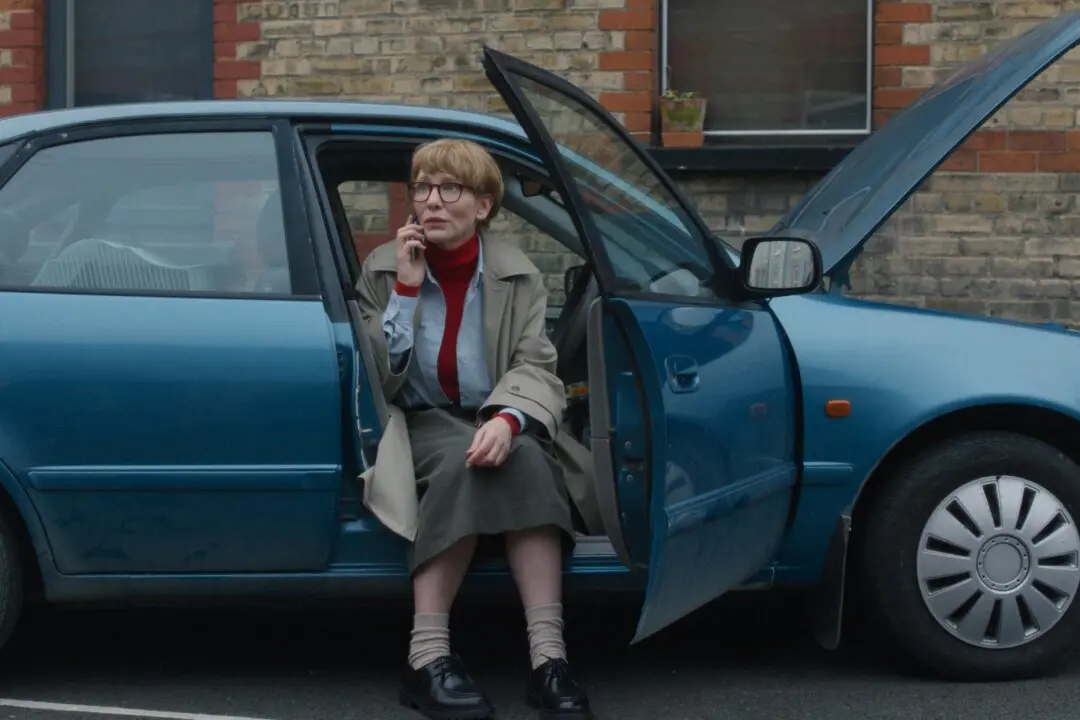PG | 1h 45min | Documentary, History, Science, Technology | 4 November 2022 (USA)
For a movie so deeply steeped and rooted in science and adventure, the new Amazon documentary “Good Night Oppy” (GNO) is in relatively short supply of both. Unlike the sublime, just-the-facts masterpiece “Apollo 11” (2019) or the criminally underrated, bare-bones sci-fi mood piece “Moon” (2009), “GNO” is more closely akin to the dramatic, heart-tugging “Hidden Figures” (2016) and “Apollo 13” (1995).





